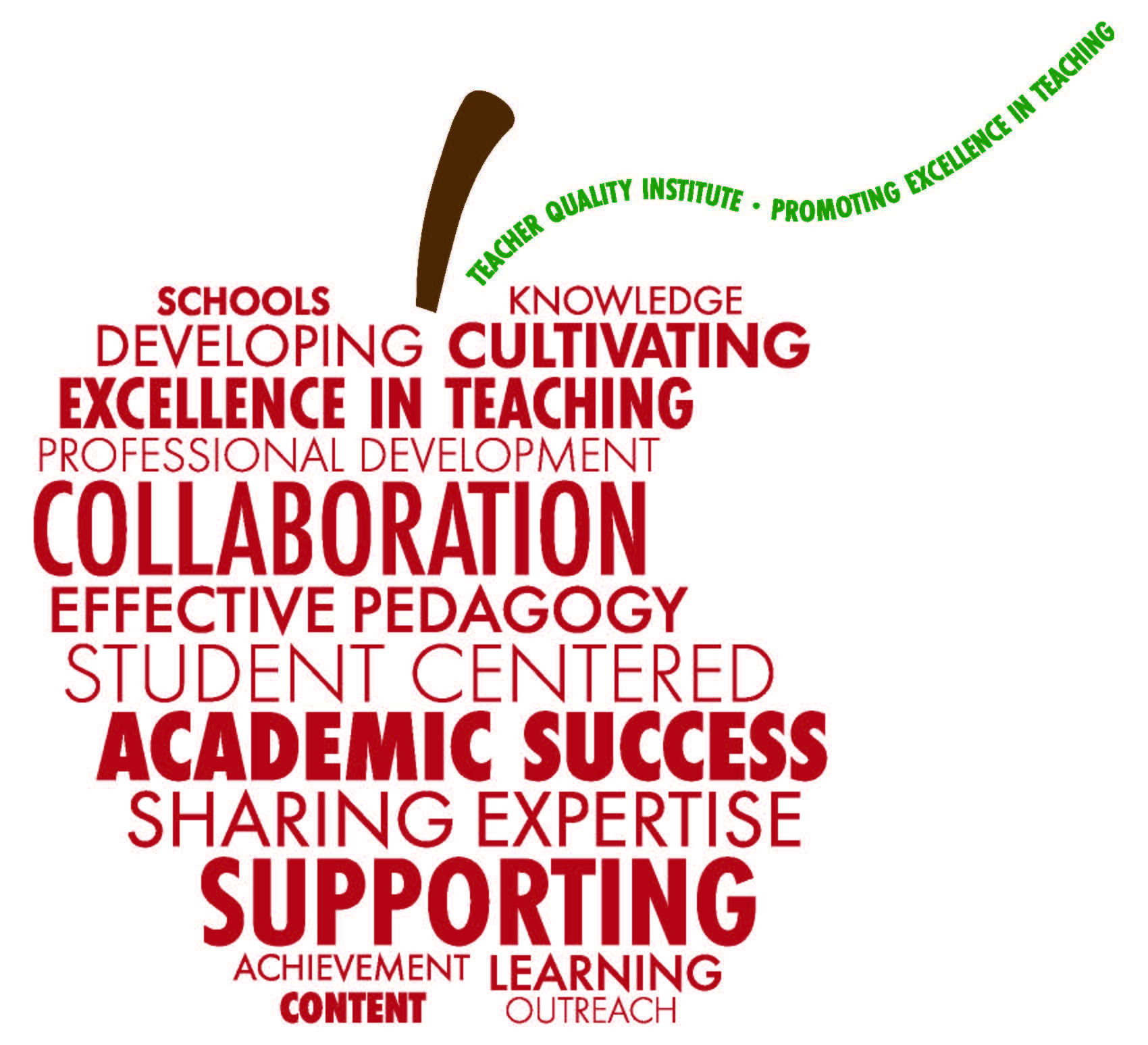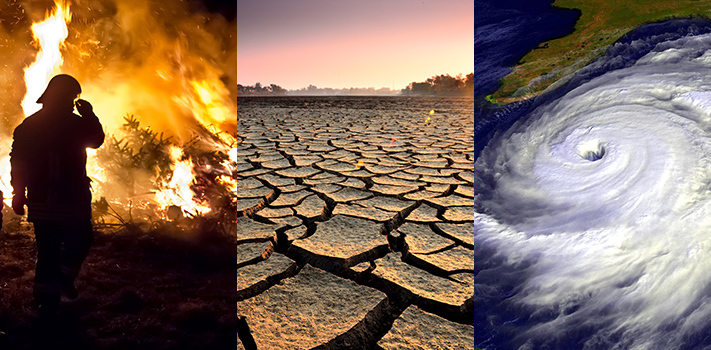 Social Interaction Model
Social Interaction Model
Cooperative learning is unique among the methods of teaching because it uses different goals, tasks, and reward structures to promote student learning. The cooperative learning task structure requires students to work together on academic tasks in small groups. The goal and reward structures require interdependent learning and recognize groups as well as individual effort. The cooperative learning model aims at instructional goals beyond academic learning, specifically inter-group acceptance, social and group skills, and cooperative behavior. The syntax for cooperative learning models relies on small group work rather than whole class teaching and includes six major phases: present goals and establish set; present information; organize students into learning teams; assist teamwork and study; test on the materials and provide recognition. The model's learning environment requires cooperative rather than competitive task and reward structures. The learning environment is characterized by democratic processes in which students assume active roles and take responsibility for their own learning.

Steps to Teaching
Phase 1: Clarify goals and establish set. Teacher goes over goals for the lesson (academic and social) and establishes learning set to pre-assess both.
Phase 2: Present Information. Teacher presents info to students either verbally or with text.
Phase 3: Organize students into learning teams. Teacher explains to students how to form teams and helps groups make efficient transition.
Phase 4: Assist team work and study. Teacher assists team work as they do their work.
Phase 5: Test on the materials. Teacher tests students' knowledge of learning materials or gross present results of their work.
Phase 6: Provide recognition. Teacher finds ways to recognize both individual and group efforts and achievements.
Benefits:
Work toward the achievement of group goals or actively works against them.
Demonstrates effective interpersonal skills.
Contributes to group maintenance.
Direct Instruction focuses on the content of the lesson being taught.
Inquiry focuses on students' thinking processes and reasoning skills.
Cooperative learning focuses on social skills.
Direct instruction V.S. Cooperative Learning
Direct:
One sentence with CBC elements (condition, behavior, criteria)
Objective Formula: Given (a task or materials) the student will (a verb form Bloom's Taxonomy) with (an expected level of performance)
Development: "I do" Explanation, demonstration, modeling.
Monitoring: Guided practice. "We do"
Independent Practice: Independent seat work in which the students' must apply in a new context what they learned in the lesson using social skills in the new situations. The directions and time frame you'll give the students to do each part of the task.
Closure: Wrap up the lesson. Engage students in recapping steps. Student responses.
Cooperative:
Written the same way as direct instruction.
One academic objective- what students will know by the end of the lesson.
One social skills objective- group processes the students will know how to use by the end of the lesson.
Development: Social interactive model & indirect/interactive strategy will be used. Put the students into groups. Explain the SIM & grouping. Explain PIGS.
Monitoring: monitoring student learning cooperatively. Give students one set of materials. Teacher is observing students (use chart with students name, check off skills developing, helping, etc.) Teacher can intervene if necessary. Teacher is monitoring PIGS.
Independent Practice: Should be a higher level of thinking.
Closure: 2 learning targets= 2 learning outcomes. Recaps the major conclusions regarding the content the students learned. Group present the results of their projects. Recap the social processes the students used. Enable students to model themselves & how they worked together as a team.
 Evaluations:
Evaluations:
Diagnostic: Assessing prior knowledge and social skills.
Formative: Observations: Teacher may have a form that they fill out according to learning goal.
Summative: Group Processing form & rubric.

 Today we went into our classroom and met the students we will be working with this semester! This is always an exciting day for not only the students but the teachers. We get to interact with the students and learn a little bit about the environment we will be teaching in. For my groups' ice breaker, we did a roll the dice activity. Students were to roll a dice and which ever number they rolled, they had to answer the question that was that number. The first roll the dice worksheet consisted of questions regarding their personal life including how old are you, what's your favorite color, do you have any pets, etc. We started with this worksheet. Once everyone answered these questions, we started on sheet two. Sheet two consisted of more detailed personal questions like if you won the lottery what would you do, if you could go anywhere in the world where would you go, and if you could have any super power what would it be? The students really loved this and we learned a lot about them! We were able to use the knowledge of their interests we gained from this activity and apply it to our lesson. After we finished these, we moved onto the roll the dice activity regarding our lesson topic. The worksheet consisted of questions like have you ever been to the bank, if so what did you think, do you save money, etc.? This gave us a good base to work with while designing our lesson as well. We were able to get a feel for their knowledge regarding the role of the bank. This intro helped us while designing our lesson and helped us get to know our students!
Today we went into our classroom and met the students we will be working with this semester! This is always an exciting day for not only the students but the teachers. We get to interact with the students and learn a little bit about the environment we will be teaching in. For my groups' ice breaker, we did a roll the dice activity. Students were to roll a dice and which ever number they rolled, they had to answer the question that was that number. The first roll the dice worksheet consisted of questions regarding their personal life including how old are you, what's your favorite color, do you have any pets, etc. We started with this worksheet. Once everyone answered these questions, we started on sheet two. Sheet two consisted of more detailed personal questions like if you won the lottery what would you do, if you could go anywhere in the world where would you go, and if you could have any super power what would it be? The students really loved this and we learned a lot about them! We were able to use the knowledge of their interests we gained from this activity and apply it to our lesson. After we finished these, we moved onto the roll the dice activity regarding our lesson topic. The worksheet consisted of questions like have you ever been to the bank, if so what did you think, do you save money, etc.? This gave us a good base to work with while designing our lesson as well. We were able to get a feel for their knowledge regarding the role of the bank. This intro helped us while designing our lesson and helped us get to know our students!









